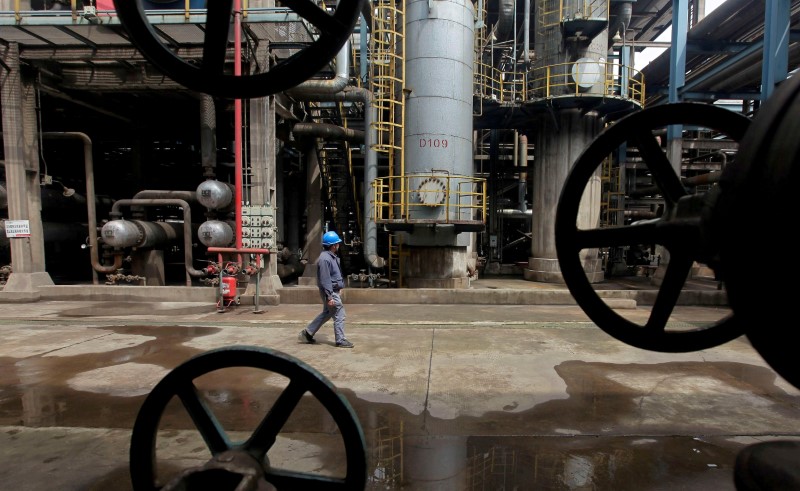Quiver Quantitative - According to Continental Resources (CLR) a shale drilling company owned by billionaire Harold Hamm, oil prices could potentially soar to $150 a barrel if the U.S. government doesn't facilitate further exploration. CEO Doug Lawler mentioned during an interview that as crude output in regions like the Permian Basin hits its peak, similar to what's been observed in the Bakken region of North Dakota and the Eagle Ford in Texas, the lack of fresh exploration could push oil prices between $120 and $150 a barrel. At Hamm’s American Energy Security Summit in Oklahoma City, key figures including Republican presidential candidate Nikki Haley and Goldman Sachs (NYSE:GS) David Solomon called on the Biden administration to enforce stable policies allowing increased drilling. Nonetheless, despite these concerns and oil's approach towards $100 a barrel, many shale companies, including Continental, are not inclined to significantly ramp up production.
Oil industry leaders and policymakers are voicing concerns about the U.S.'s potential dependency on external oil sources. Chevron (NYSE:CVX). CEO Mike Wirth expressed that with better policy support, oil production could surpass current records. At the summit, Nikki Haley shared her intentions to elevate domestic energy production through means like drilling expansion, fast-tracked permitting, pipeline construction, and reviving projects such as the Keystone XL. Vicki Hollub, the CEO of Occidental Petroleum (NYSE:OXY), echoed the sentiment, emphasizing the importance of energy independence for the nation's autonomy.
However, even as these discussions and projections take place, there is a hesitance among companies to rapidly increase their oil output. While U.S. shale oil production peaked in July, it has since been contracting, with predictions of further decline in October. The reluctance to amplify production even as prices creep upwards is tied to a strategic, value-driven approach. As Continental’s CEO Lawler mentioned, the company's focus is on investing in line with cash flows, rather than simply maximizing production.
In the broader context, this narrative underscores the complex interplay between economic, political, and strategic considerations in the U.S. energy landscape. While industry leaders seek more supportive policies, their actions will be measured, ensuring alignment with long-term business and value creation objectives.
This article was originally published on Quiver Quantitative
